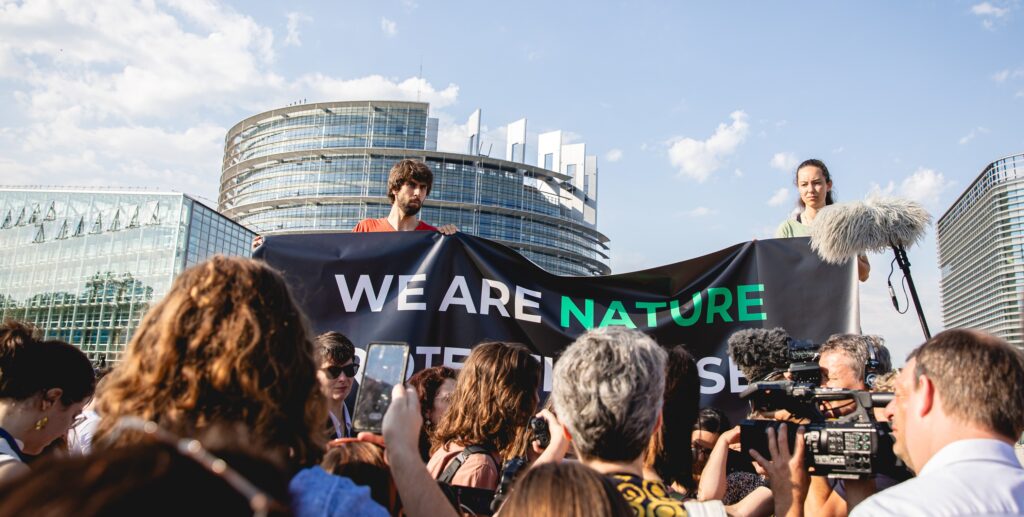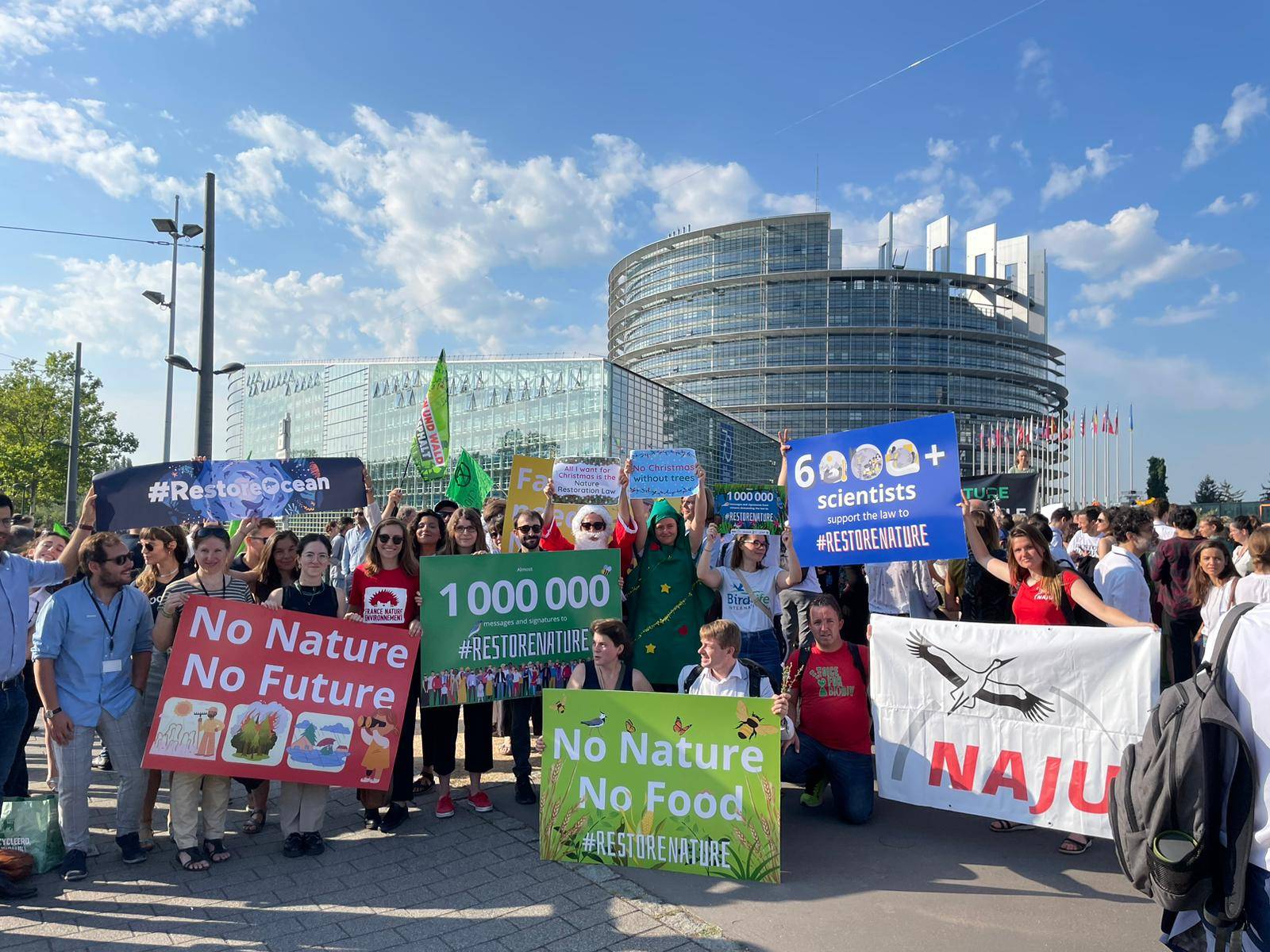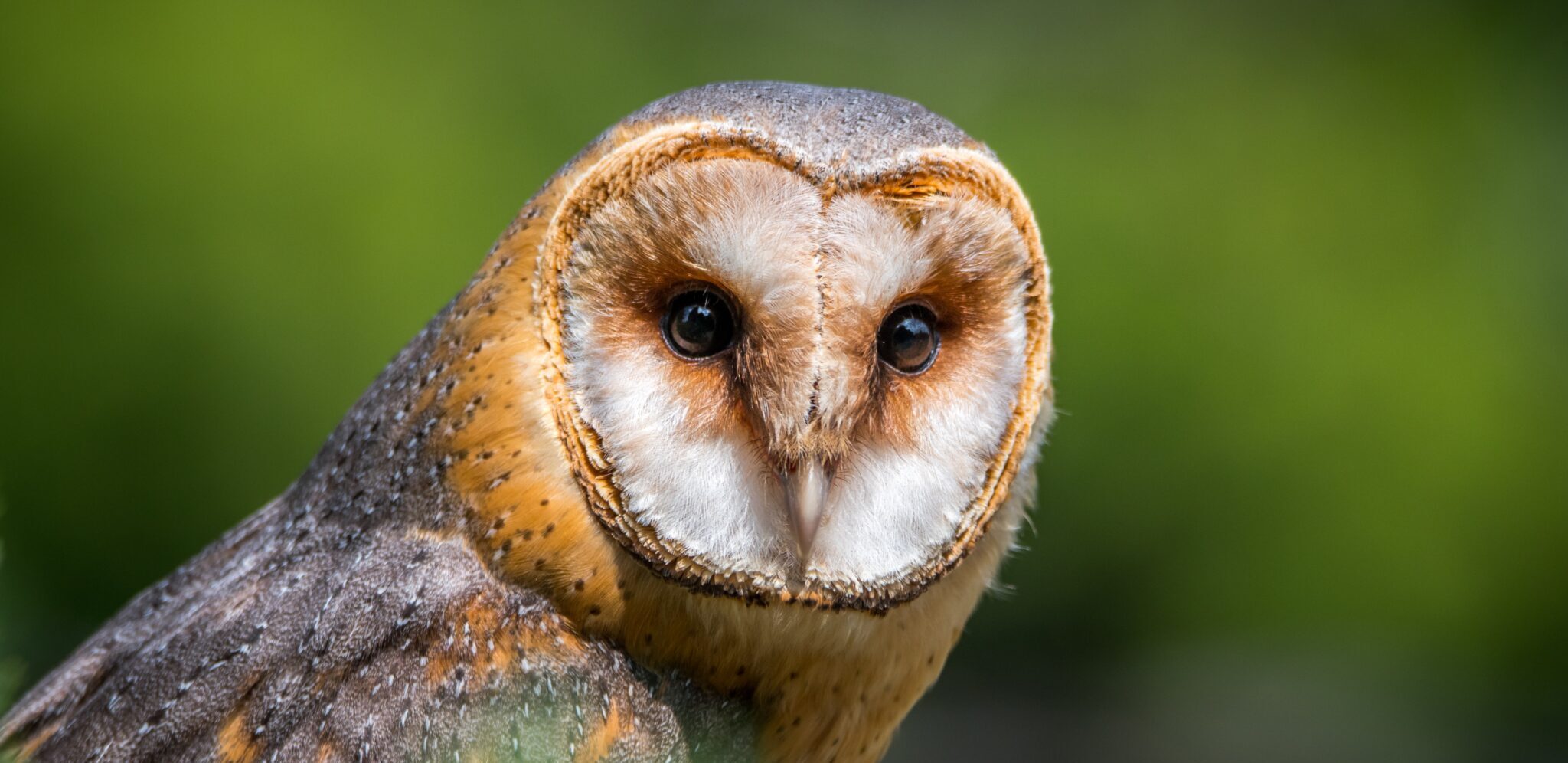The EU Nature Restoration Law survived the vote in Parliament. What now?

Last week, the tension inside the walls of the European Parliament was palpable as a historic vote on the EU Nature Restoration Law was about to take place.
A collective sigh of relief passed through the plenary room as the law narrowly survived a rejection in the EU Parliament with a mere 22 votes (out of 648). Next, some 140 amendments were voted on and the final text was accepted, again with a tight majority of 36 votes.
The lifeline nature needs
Over 80% of European habitats are deteriorated and 38% of Europe’s 546 bird species are of conservation concern. It’s crystal clear: nature is not doing well in Europe and action is urgently needed to bring it back and fight the climate crises. With its overarching target to restore 20% of land, river, and sea areas by 2030, the EU Nature Restoration Law could do just that. So why did this law risk never passing, if our survival depends on it?
Massive disinformation campaign
Prior to the vote, the conservative group of the European Parliament, the European People’s Party (EPP) ran an aggressive disinformation and scaremongering campaign spanning several months, to make sure this law would never see the light of day. Spreading blatant lies, and twisting facts, the EPP claimed that the law to restore nature, is too costly, too bureaucratic, and too damaging for farmers and food security. Despite their lies being debunked countless times, they kept their head in the sand, ignoring the 6000 scientists, the wind and solar industries, and over 100 national, European, and global businesses calling for its urgent adoption.
The disinformation campaign the EPP group ran, unprecedented in the sphere of EU politics, was not by chance. With the European elections coming up in less than a year, Manfred Weber, the EPP party leader, has decided to position himself as the one who will ‘protect’ farmers – by derailing the EU Green Deal. But in reality, he is only defending the short-term interest of a handful of mega-agricultural industries.
Farmers do not need protection against ‘legislative burdens’ as the EPP put it. They urgently need to be protected against the ever-increasing floods, fires, and droughts that can wipe out food production in entire regions, sometimes overnight. The real enemy is the drastic decline of biodiversity that is endangering our capacity to produce food in the long run.
The Nature Restoration Law would be the first major piece of EU legislation for nature to come out in 30 years. If the proposal would have failed to receive the support of the EU Parliament, it would not only be a disaster for the future of Europe but also an international embarrassment. Let us recall that the EU signed the Kunming-Montreal agreement that includes concrete measures to halt and reverse nature loss. Nobody is waiting for empty promises.
Citizen engagement in EU politics matters
But thanks to the unpreceded mobilizations by society, the law was saved! The result would not have been possible without the over 1 million messages and signatures citizens sent to their EU representatives demanding them to support the law. Citizen engagement in EU politics is important and can really help make a difference. So, thank you for raising your voice for nature!
Thanks to campaigning efforts, 21 EPP members refused to follow the party line to bury the law. Considering the vote was so tight, their votes helped make history. This time, the vicious tactics of Weber failed to achieve its main goal, and luckily, the voice of citizens, science, and common sense prevailed.
A bittersweet victory
And while the Nature Restoration Law survived the lies, attacks, and slander spread by its opponents, it became a bittersweet victory. The proposal passed, but so did some very bad amendments.
The Parliament deleted Article 9 on the restoration of agricultural ecosystems, including the target to rewet 30% of the EU’s drained peatlands by 2030. With agriculture being the number one driver of biodiversity loss, removing targets to restore bird and butterfly populations is irresponsible and endangers our long-term food security. Peatlands cover only 3% of the world’s land area but store twice as much carbon as all the trees on Earth combined! In Europe, over 50% of peatlands are degraded… Restoring them would give Europe a fighting chance to protect itself against the climate crisis.
On top of fully removing any nature restoration on farmlands, the Parliament’s proposal now states that the restoration of terrestrial habitats is limited to Natura 2000 areas only, and the time-bound targets were axed. Additionally, the obligation for EU countries to ensure terrestrial and marine ecosystems do not deteriorate was taken out. The target to restore 25,000 kilometres of free-flowing rivers by 2030 was lowered to 20,000 kms. The Parliament also weakened specific goals to restore terrestrial, coastal, and freshwater ecosystems by dropping interim targets for 2030, 2040, and 2050. Specific goals for restoring urban ecosystems, notably targets for increasing green spaces and tree cover in cities were cut as well.
What’s next?
While the situation seems bleak, the political process to finalise the law is not over yet. Following the Parliament adopting a proposal, they will sit at the table with the EU Commission, and the EU Council – the representatives of EU countries – to negotiate a compromise between their three proposals. Their first meeting took place on the 19th of July, aiming to reach a compromise between their three positions by the end of 2023. Then, the final law will be voted on once more by the Council and Parliament. We are now calling on all EU institutions to make constructive use of the negotiations to ensure a final law that is fit for addressing the global climate and biodiversity emergencies. In short, the fight is not over yet, so make sure to watch this space and stay engaged!
Written by Caroline Herman
You might also be interested in:
 | Stichting BirdLife Europe gratefully acknowledges financial support from the European Commission. All content and opinions expressed on these pages are solely those of Stichting BirdLife Europe. The European Commission is not responsible for any use that may be made of the information it contains. |









